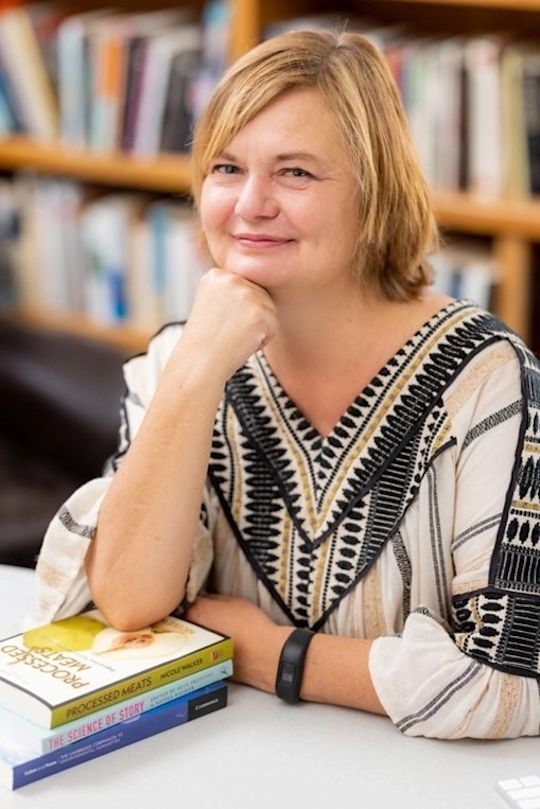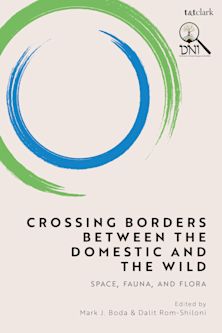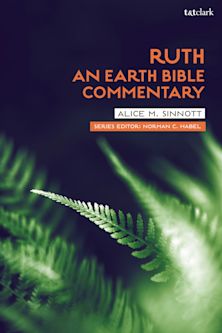- Home
- ACADEMIC
- Religious Studies
- Religion, Nature and the Environment
- How to Plant a Billion Trees
How to Plant a Billion Trees
A Memoir of Childhood Trauma and the Healing Power of Nature
How to Plant a Billion Trees
A Memoir of Childhood Trauma and the Healing Power of Nature
Payment for this pre-order will be taken when the item becomes available
- Delivery and returns info
-
Free US delivery on orders $35 or over
You must sign in to add this item to your wishlist. Please sign in or create an account
Description
When Nicole Walker was molested and had an abortion at age 11, the distance between her and the world grew until she couldn't imagine a future place for her anywhere. In How to Plant a Billion Trees, Walker tries to understand why her whole life didn't fall apart, as was predicted. As she pieces together her story, she finds that it was thanks in no small part to her mother, her sisters, her friends who did not let the sexual abuse to define her. In this candid portrayal of a young girl, Nicole Walker writes about how, thanks to her family, her friends, and the mountains of the Wasatch, Cascades, and San Francisco Peaks, she reknit herself into the fabric of a supportive culture.
Employing the forest as a model to understand how to reconnect her life with the world, Nicole studies the way that ecosystems anticipate, react, and support each small part of the whole. As she learns more about ecology, she discovers that in a healthy forest, even the gritty, decaying elements contribute to the health of the forest. The process of rebuilding the self into a community parallels the process of a forest's growth. To apply that lesson to the human ecosystem, Nicole realizes that even the hard-to-stomach stories need to be told, and, with air, that grit is transformed into something alive and new.
Table of Contents
2. Heartwood
3. Just Up and Move
4. Dry as Smoke
5. Failure and Succession
6. A Single Tree Is Not a Forest
7. Well-Fertilized Soil
8. Reseeding
9. Vertical Trees, Horizontal Forests
10. Old Growth Forests Aren't Easy
11. Infestations
12. Fires that Burn Too Hot
13. Trees Are Not the Only Fruit
14. On the Trail
Glossary
Notes
About the Author
Product details

| Published | Feb 19 2026 |
|---|---|
| Format | Hardback |
| Edition | 1st |
| Extent | 224 |
| ISBN | 9798216278870 |
| Imprint | Bloomsbury Academic |
| Dimensions | 9 x 6 inches |
| Publisher | Bloomsbury Publishing |
About the contributors
Reviews
-
Nicole Walker's How to Plant a Billion Trees gives me hope. It has resonance and life, and will always be on my shelf.
Luis Alberto Urrea, author of Good Night, Irene
-
Amazingly, Walker accomplishes the bold and ambitious challenge of telling her story of childhood sexual assault and a tumultuous adolescence alongside the turbulence of drastic climate change resulting from the pillaging of our planet. She exposes how the same forces that drive exploitation and cruelty are destroying the world's natural resources as well as our best human qualities. Bravely, she leads us through the grief and trauma of ruptured inner and outer landscapes towards resilient and sustainable new vistas and visions- and convincingly claims we can “plant a billion trees” as our resistance to destructive forces.
Val Walker, author of The Art of Comforting, 400 Friends and No One to Call, and Healing Through Wonder


































